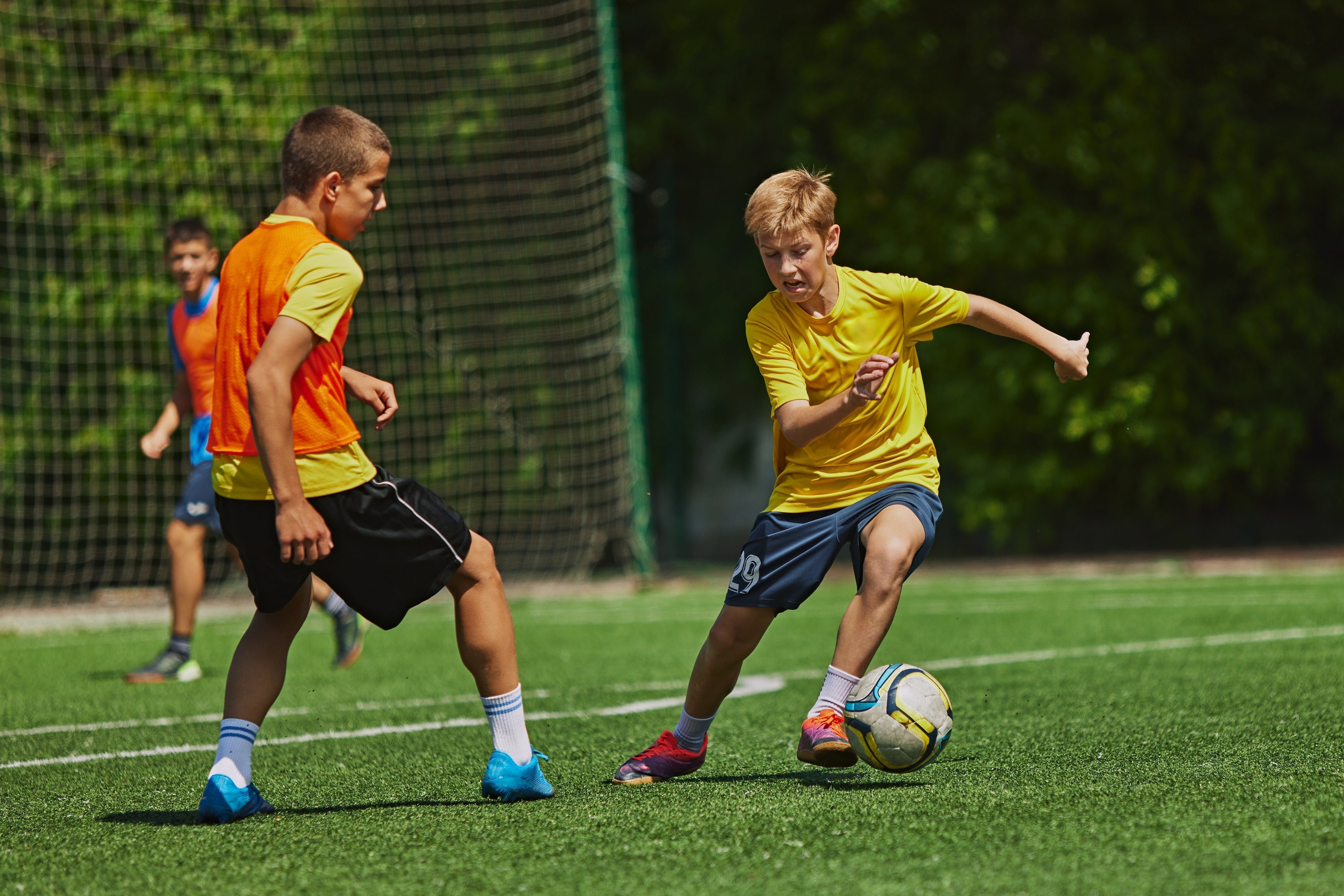
Safeguarding Our Students: New Heat Safety Legislation for Schools
The Growing Threat of Heat-Related Illnesses in Schools
As climate change continues to drive record-breaking temperatures across the country, heat-related illnesses pose an increasing danger to students and young athletes. Heat stroke—the most serious form of heat illness—occurs when body temperature rises above 104°F (40°C) and can cause permanent disability or even death if not properly treated.
For student athletes engaged in outdoor activities and sports, the risk is particularly high. According to the CDC, heat illness is a leading cause of death and disability among high school athletes, with football players at highest risk during preseason training in late summer.
The Push for Comprehensive Heat Safety Legislation
In response to several tragic incidents involving student athletes, lawmakers across multiple states have introduced legislation aimed at establishing mandatory heat safety protocols in schools. These bills, collectively known as "Student Athlete Heat Safety Acts," address a critical gap in existing school safety regulations.
Key Components of the Proposed Legislation
The upcoming legislation typically includes several core requirements:
Mandatory Heat Safety Training
- All coaches, athletic trainers, and physical education instructors must complete evidence-based training on recognizing and responding to heat-related illnesses.
- Training must be renewed annually before the start of each academic year.
Heat Acclimatization Protocols
- Gradual introduction to physical activity in hot weather over a 14-day period.
- Limits on practice duration and equipment use during high-heat periods.
- Mandatory rest and hydration breaks at regular intervals.
Environmental Monitoring
- Schools must use wet-bulb globe temperature (WBGT) monitoring, which measures heat stress in direct sunlight.
- Activity modifications or cancellations based on WBGT readings.
- Clear thresholds for when outdoor activities must be modified or moved indoors.
Emergency Action Plans
- Schools must develop and practice specific emergency response protocols for heat-related emergencies.
- Cold-water immersion tubs must be available at all outdoor athletic venues.
- Clear chain of command for emergency response situations.
Hydration Policies
- Unlimited access to water during all practices and competitions.
- Regular hydration breaks regardless of whether athletes report thirst.
- Education on proper hydration before, during, and after exercise.
State-by-State Progress
Several states have already enacted versions of heat safety legislation, with more expected to follow suit in the coming legislative session:
-
Florida, Georgia, and Texas have comprehensive heat safety laws in place, largely driven by their hot climates and year-round outdoor athletic activities.
- California, New York, and Illinois have bills currently moving through their state legislatures.
-
Federal guidelines are being considered that would create nationwide minimum standards for heat safety in schools.
The Role of National Organizations
The push for heat safety legislation has gained significant support from major national organizations:
- The National Athletic Trainers' Association (NATA) has published position statements on exertional heat illnesses that serve as a foundation for many of the legislative proposals.
- The American Academy of Pediatrics has issued policy statements supporting comprehensive heat safety measures for youth athletes.
- The National Federation of State High School Associations (NFHS) has developed educational materials and training programs to support implementation of heat safety protocols.
The Role of National Organizations
The push for heat safety legislation has gained significant support from major national organizations:
-
The National Athletic Trainers' Association (NATA) has published position statements on exertional heat illnesses that serve as a foundation for many of the legislative proposals.
-
The American Academy of Pediatrics has issued policy statements supporting comprehensive heat safety measures for youth athletes.
-
The National Federation of State High School Associations (NFHS) has developed educational materials and training programs to support implementation of heat safety protocols.
Economic Considerations and Implementation Challenges
While the need for heat safety measures is clear, schools face several challenges in implementation:
- Cost of equipment: WBGT monitors cost approximately $400-$600 each, and cold-water immersion tubs can cost $1,000 or more.
- Staffing requirements: Proper monitoring and emergency response may require additional trained personnel.
- Facility limitations: Some schools lack indoor facilities to move activities during extreme heat.
The proposed legislation addresses these concerns by:
-
- Establishing phased implementation timelines
- Creating grant programs to assist schools with equipment purchases
- Allowing for regional monitoring agreements where multiple schools can share resources
The Impact on Athletic Programs
Critics have expressed concern that heat safety regulations might disrupt athletic programs or put certain schools at a competitive disadvantage. However, proponents of the legislation emphasize that uniform standards create a level playing field and that no competitive advantage is worth risking student health and safety.
Many athletic directors who have already implemented comprehensive heat safety protocols report that, after initial adjustment periods, teams adapt well to the modified practice schedules and new safety measures.
Moving Forward: What Parents and Educators Should Know
As these laws move toward implementation, parents and educators can take several steps to prepare:
- Familiarize themselves with the signs and symptoms of heat-related illnesses
- Advocate for proper hydration practices even before legislation is passed
- Support school budgets that allocate resources for heat safety equipment
- Encourage a culture that prioritizes safety over performance
Conclusion
The movement toward comprehensive heat safety legislation represents a significant step forward in protecting student health. By establishing clear, evidence-based protocols for activity in hot weather, these laws aim to prevent needless tragedies and ensure that school sports remain a safe and positive experience for all students.
With climate scientists predicting increasingly frequent and severe heat waves in the coming years, these measures are not just timely but essential. The investment in proper equipment, training, and protocols will pay dividends in student safety for generations to come.

